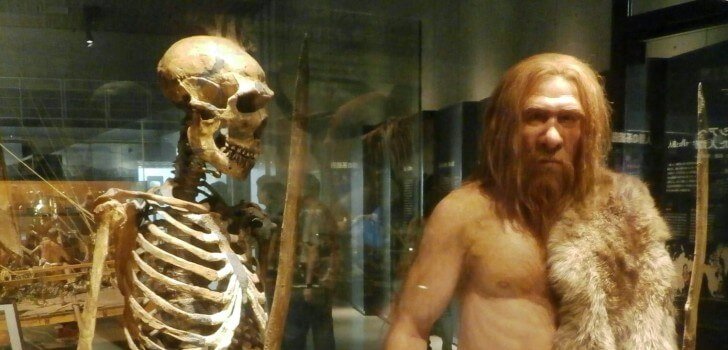Scientists suspect that modern day allergies in humans might be the result of interbreeding between Homo sapiens and Neanderthals thousands of years ago. To this day, virtually everyone maintains a very small amount of Neanderthal DNA.
It is suspected that three allergy-related genes cross into modern humans following some sexual encounters between Neanderthals and modern day humans which took place more than 40,000 years ago.
These genes are believed to strengthen the immune system against serious pathogens, but they also make the immune system overly-sensitive. This results in the non-serious allergic reactions that many humans experience to this day. It has also been shown that carriers of these three genes are more likely to have asthma, hay fever and other allergies.
Neanderthals likely developed the genes in order to adapt to the cold European and Asian climate in which they resided. Modern day humans who arrived from Africa eventually encountered and mated with the Neanderthals.
Lead researcher at the Max Planck Institute for Evolutionary Anthropology in Leipzig Janet Kelso stated, “A small group of modern humans leaving Africa would not carry much genetic variation. You can adapt through mutations, but if you interbreed with the local population who are already there, you can get some of these adaptations for free.”
Kelso and her team scanned the genomes of modern day humans in order to search for evidence of Neanderthal genes. In the end, there were three genes that particularly stood out. The findings suggest that modern humans inherited the genes upon encountering the Neanderthals. The genes were so beneficial to humans back then that they remain in our genomes to this very day.
Kelso stated, “Interbreeding with archaic humans does indeed have functional implications for modern humans. The most obvious consequences have been in shaping our adaptation to our environment and improving how we resist pathogens and metabolize novel foods.”
This theory is supported by a study that took place at the Pasteur Institute in Paris. During the Paris study, Geneticist Lluis Quintana-Murci located the same three genes as Kelso and her team.
Stay Connected